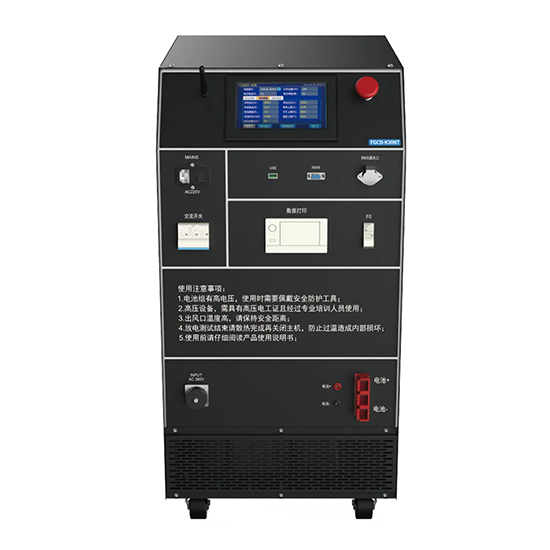Battery Discharge Technology: Principles and Applications

# Battery Discharge Technology: Principles and Applications
## Introduction to Battery Discharge Technology
Battery discharge technology plays a crucial role in modern energy systems, enabling efficient power management and extending battery life. A battery discharger is a specialized device designed to safely and controllably drain energy from batteries, serving various purposes in testing, maintenance, and recycling processes.
## Fundamental Principles of Battery Discharging
The core principle of battery discharge involves converting stored chemical energy into electrical energy through controlled electrochemical reactions. When connected to a load or discharger, electrons flow from the negative electrode (anode) to the positive electrode (cathode) through the external circuit, while ions move internally to maintain charge balance.
Key parameters in battery discharge include:
– Discharge rate (C-rate)
– Cut-off voltage
– Temperature effects
– Capacity measurement
– Energy efficiency
## Types of Battery Dischargers
Modern battery dischargers come in various configurations to meet different application requirements:
### 1. Resistive Dischargers
Simple and cost-effective, these use power resistors to convert electrical energy into heat. They’re commonly used for basic capacity testing and discharge cycles.
### 2. Electronic Load Dischargers
More sophisticated than resistive models, these offer programmable discharge profiles and precise control over current and voltage parameters.
### 3. Regenerative Dischargers
These advanced systems recover discharged energy by feeding it back into the grid or storing it in other batteries, significantly improving energy efficiency.
### 4. Multi-channel Dischargers
Designed for testing multiple batteries simultaneously, these are essential for battery pack testing and quality control in manufacturing.
## Applications of Battery Discharge Technology
Battery discharge technology finds applications across numerous industries:
### Battery Testing and Characterization
Dischargers are essential for determining battery capacity, cycle life, and performance under various load conditions. Manufacturers use them to validate battery specifications and ensure quality control.
### Battery Maintenance and Conditioning
Periodic controlled discharge helps maintain battery health by preventing memory effects (in NiCd batteries) and balancing cells in battery packs.
### Battery Recycling
Proper discharge is critical before battery recycling to ensure safety and facilitate material recovery. Specialized dischargers handle large volumes of end-of-life batteries.
### Research and Development
Scientists use precision dischargers to study battery behavior, develop new chemistries, and improve energy storage technologies.
## Advanced Features in Modern Battery Dischargers
Contemporary battery discharge systems incorporate several advanced features:
– Programmable discharge profiles
– Real-time data logging and analysis
– Temperature monitoring and protection
– Automated test sequences
– Integration with battery management systems (BMS)
– Cloud connectivity for remote monitoring
## Safety Considerations in Battery Discharging
Proper safety measures are essential when working with battery dischargers:
– Always follow manufacturer guidelines
– Monitor battery temperature during discharge
– Use appropriate ventilation for heat dissipation
– Implement over-discharge protection
– Handle damaged batteries with extreme caution
– Ensure proper grounding of equipment
## Future Trends in Discharge Technology
The field of battery discharge technology continues to evolve with several emerging trends:
– AI-powered adaptive discharge algorithms
– Ultra-fast discharge testing for high-power applications
– Integration with renewable energy systems
– Development of standardized discharge protocols
– Miniaturization for portable testing solutions
As battery technologies advance, discharge systems must keep pace to provide accurate testing and optimal battery management across all applications.
Keyword: Battery Discharger